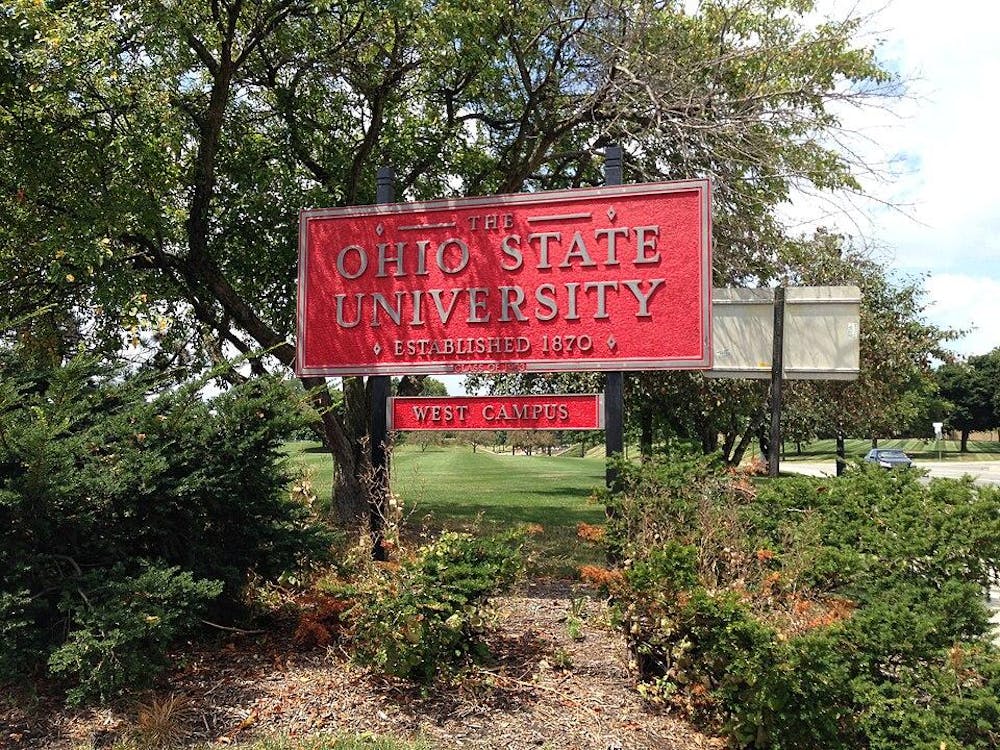Over the summer, Ravi Bellamkonda, the vice president and provost of Ohio State University, announced in a controversial briefing that beginning this fall semester, every Ohio State student will be allowed, encouraged and required to use artificial intelligence (AI) in their coursework to create what the university calls “AI Fluency.”
This change comes amidst a nationwide conversation about AI’s place in academia, if there is one at all. According to Ohio State’s Office of Academic Affairs, achieving AI fluency includes encouraging faculty from all departments to implement AI into their courses, whether it be to draft a lesson plan or summarize a text.
The initiative’s rollout has prompted conversations as to the benefits and downsides of using AI in the classroom, especially within higher education.
This past week, I had the opportunity to interview four Miami students from diverse academic backgrounds to gain a deeper understanding of how real-world students perceive AI in their respective fields, and its potential implementation at the college level.
Maddox Jung, a senior majoring in biology and pre-health, said requiring students to use AI is excessive, but exposing them to it is beneficial. Jung also thinks AI is good for brainstorming and inspiration.
“Encouragement, I think, is actually pretty smart just because it's so ingrained in what we do today,” Jung said.
Junior Alli Bumby, a studio art and art therapy major, said he recalled an anecdote from a class when considering the relationship between art and AI.
"If you sit down with your own thoughts for 10 minutes, you’ll probably formulate a unique idea,” Bumby said. “I had a student in my printmaking class who used AI … to come up with her designs and I felt as though the art just lacked personality.”
Bumby isn’t the only one with qualms about the use of AI in every major. Her perspective was echoed by Audrey Reed, a junior in Miami’s nursing program. While acknowledging the upsides AI in the classroom can have, she said she has reservations on its usage within her own program.
“It scares me to think that future healthcare professionals would be relying on AI to get them through nursing school, because we’re going to be providing life-saving care to patients one day,” Reed said. "There’s care with nursing that you can’t get from a robot. That one-on-one connection with a patient – you can’t get that from AI.”
Junior Mia Siegenthaler, an environmental earth science major, said she would be very surprised if any Miami professor encouraged AI. Due to the wide variety of majors and minors at Miami, Siegenthaler said she thinks a more tailored approach should be taken.
“Obviously for things like computer science ... they should probably learn about AI but I don’t think it should ever be encouraged,” Siegenthaler said.
Enjoy what you're reading?
Signup for our newsletter
While it remains to be seen whether or not Ohio State’s AI Fluency initiative will yield the results the school is hoping for, Miami’s AI policies seem to be holding steadfast, with the use of AI to write papers or complete assignments still a major violation of the university’s academic dishonesty policy.
And although the opinions of the four students I spoke to aren’t indicative of every Miami student’s perspective, one unifying truth binds us all together: the knowledge that it's better to be a RedHawk than a Buckeye.
Emily Burns is a junior opinion writer for The Miami Student who is majoring in environmental earth science. She also competes in ice dance for the Miami University Figure Skating team.




